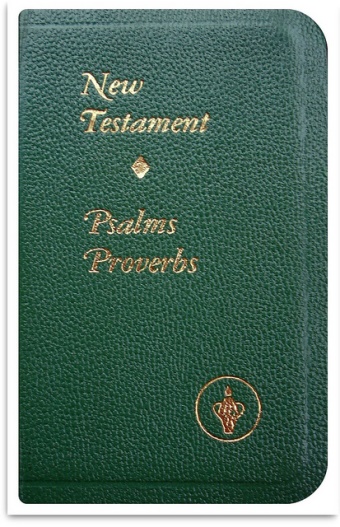EXPLORING THE WORD
Are the books of the New Testament accurate?
By Dillon Burroughs

First, many early copies exist of the books of the New Testament. In fact, the earliest fragment of a New Testament manuscript has been dated to approximately 125 A.D. This fragment, a portion of the Gospel of John (called P46), was discovered in Alexandria, Egypt. This finding helps to strengthen the case that the original writing (which likely took place in modern day Turkey) was much earlier, pushing the original date into the first century. The first complete New Testament is Codex Sinaiticus, a manuscript found in a monastery on Mount Sinai that dates from the mid-fourth century. A second nearly-complete New Testament from the same century exists in Rome called the Codex Vaticanus. Most modern translations utilize these manuscripts along with other early finding to ensure the earliest and most accurate readings are used.
Second, numerous copies exist of early New Testament manuscripts. Over 5,800 copies of New Testament writings in Greek have been discovered to date. The Center for the Study of New Testament Manuscripts has documented over 60 previously undiscovered manuscripts in recent years, claiming they have leads on even additional manuscripts unknown to modern scholarship. In addition to the Greek manuscripts, thousands of early copies exist in translation into Latin, Coptic, Syriac, Armenian, Gothic, and other languages that provide additional strength to the claim that the New Testament was early, widespread, and accurate in its transmission.
Third, accurate copies exist of early New Testament manuscripts. While it is true there are thousands of variants among the thousands of early manuscripts, the sheer number of copies allows researchers to determine which readings are earliest and most accurate. For example, if a difference is noted in manuscripts found after a certain date, it can be determined they were not original even if the incorrect reading is found in many manuscripts. What counts is what was the original reading, not the reading found in the greatest number of manuscripts. In total, less than one percent of the New Testament text is in dispute. Even in these cases, the choices are among one or two variants, not a missing word or phrase that is unknown.
Fourth, many quotes of the New Testament writings are found in other early writings. The early church leaders frequently quoted the New Testament, starting as early as Clement of Rome in approximately 95 A.D. These quotations prove that the original writings they quote existed previous to the time of their writing.
We can know that the New Testament we read today is a faithfully preserved copy of God's inspired words. The historical facts verify that its words have not been corrupted. Many copies exist, including copies within a generation of the originals. The New Testament has been faithfully preserved to our time to change lives still today.
Image Credit: Violette79; "New Testament"; Creative Commons
comments powered by Disqus
Published 2-21-12

